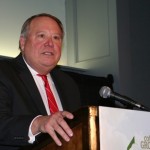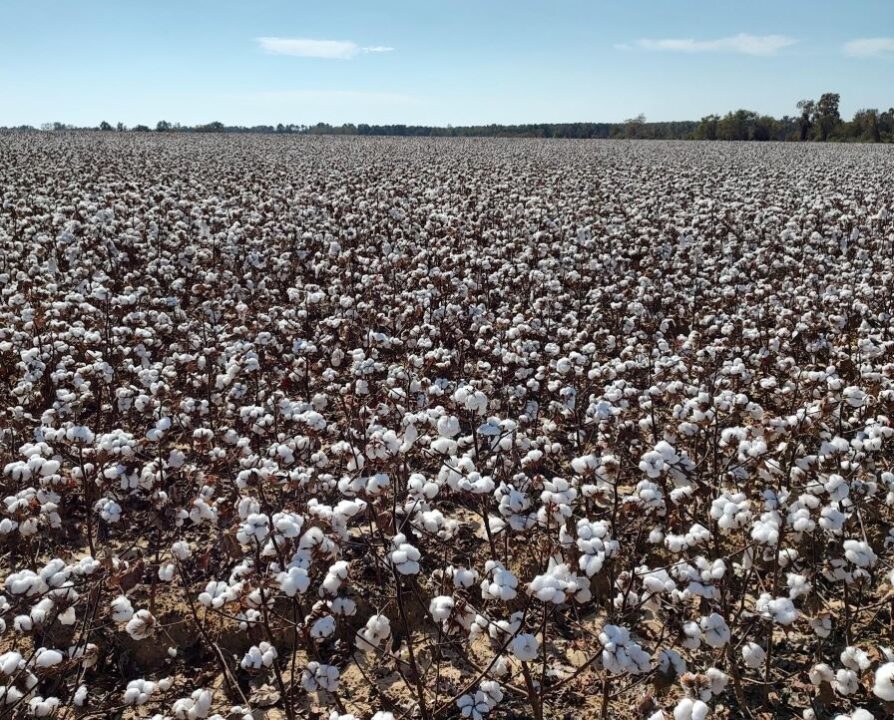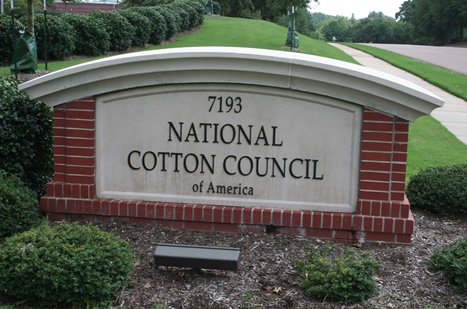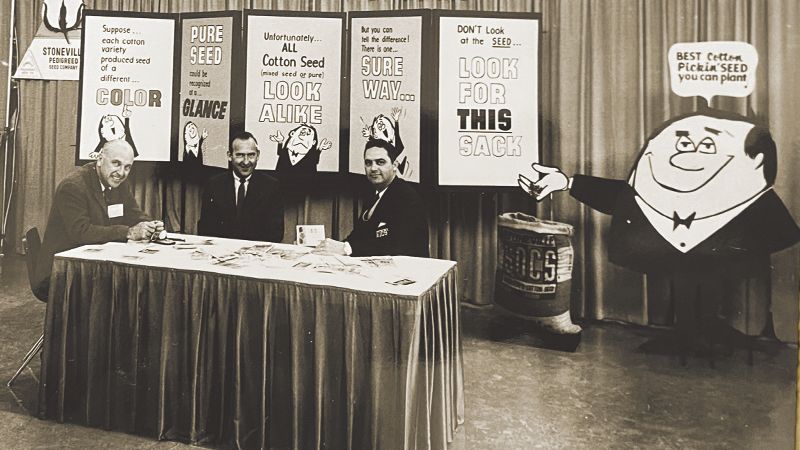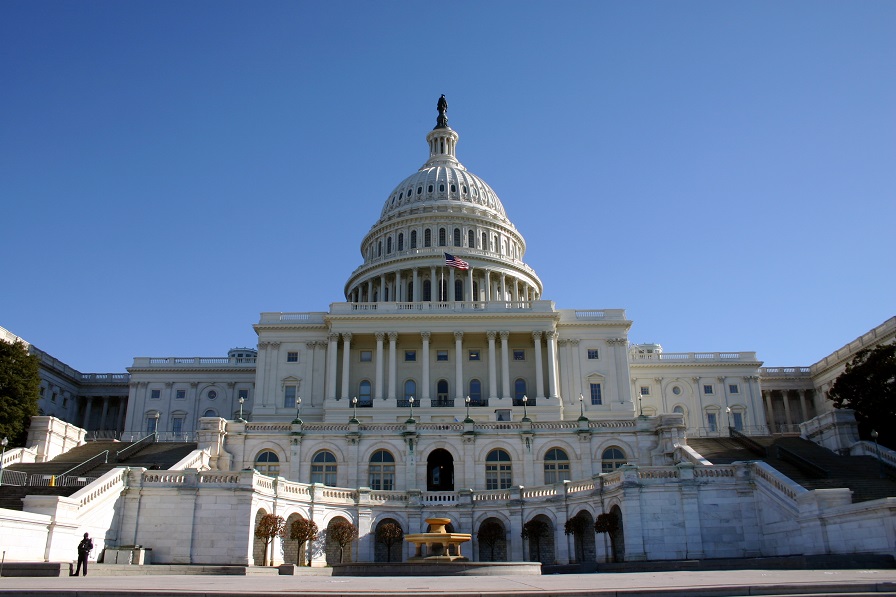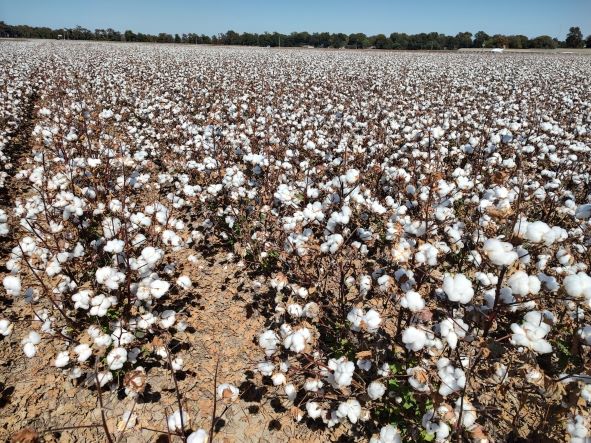No Referendum Needed for Cotton Research and Promotion Program
Based on the Agricultural Marketing Service (AMS) review of the 1990 amendments to the Cotton Research and Promotion Act, the U.S. Department of Agriculture (USDA) and the Secretary of Agriculture have determined that a referendum among producers and importers on continuation of the amendments is not needed because they were successfully implemented and are operating as intended.
The review, conducted every five years by AMS, is required by the 1990 amendments to the Cotton Research & Promotion Act, which made the Cotton Research and Promotion Program mandatory by eliminating producer assessment refunds and added importer representation on the Cotton Board by establishing an assessment on imported cotton and the cotton content of imported products.
This is the fourth such review conducted by the Secretary since enactment of the 1990 amendments. Each review has concluded a referendum was not necessary.
“The Cotton Board is very pleased with the Department’s announcement and agrees with its conclusion,” said Kevin Rogers, Cotton Board chairman and Arizona cotton producer. “A self-funded research and promotion effort of this size and scope cannot be carried out by individual cotton producers, and that’s the beauty and value of this Program.
“Overall funding for the Program has increased substantially since the 1990 amendments made it mandatory and extended its application to U.S. cotton importers,” he added. “It delivers significant benefits directly to those producers and importers who provide funding and is widely supported by its stakeholders. Research and promotion programs are the kind of public/private partnership that works for everyone involved.”
According to a 2011 independent economic analysis conducted by Forecasting and Business Analytics, LLC, the Program generates significant positive returns for U.S. cotton producers and importers of cotton products, as well as benefits for U.S. taxpayers. The analysis showed that, thanks to the Program, U.S. cotton farm prices averaged an extra 5.4 cents per pound; annual world consumer demand for cotton increased by two million bales per year; and U.S. cotton production averaged an additional 500,000 bales.
“The Program is clearly an asset to organizations importing finished cotton goods into the U.S.,” stated Gary Ross, vice president Fashion and Home Supply Chain for Avon Products and vice chairman of the Cotton Board. “The economic analysis indicates that profits of U.S. importers increased by an average of $900 million a year thanks to Program activities. Between 1992 and 2010, the Program generated nearly an $11 return (after taxes) for each dollar invested by U.S. importers of cotton products.”
Although USDA found no compelling reason to conduct a referendum, the Act requires the Secretary to conduct a sign-up among eligible cotton producers and importers. If the USDA receives requests from 4,622 producers or importers during the sign-up (which represents 10 percent of the number of cotton producers and importers voting in the most recent referendum in July 1991), with not more than 20 percent of such requests from producers in one state or importers of cotton, then the Secretary is required to conduct a referendum. Additional information will be publicized prior to the beginning of the sign-up period.
In the three previous sign-ups, the statutory minimum 10 percent was not reached.



